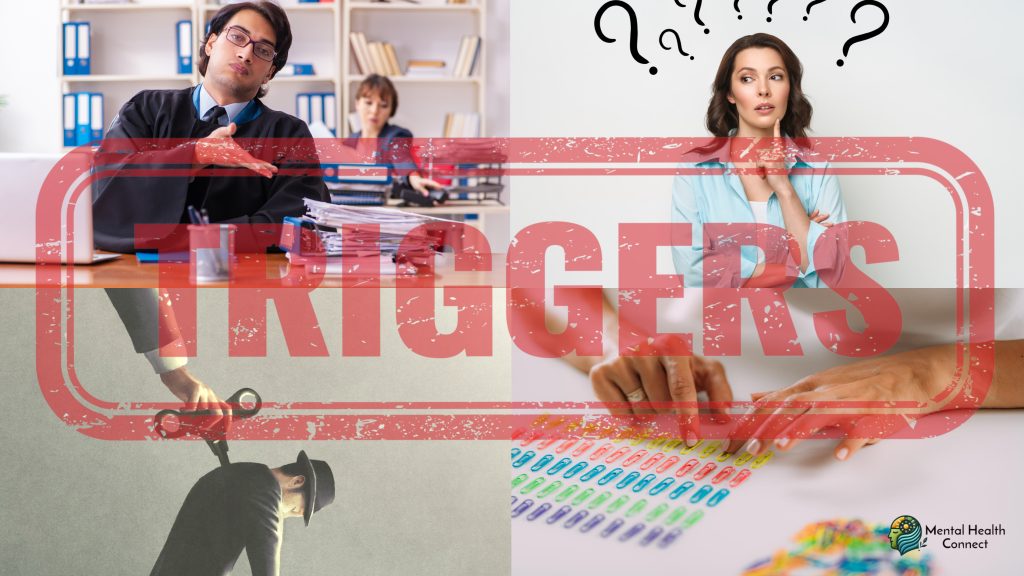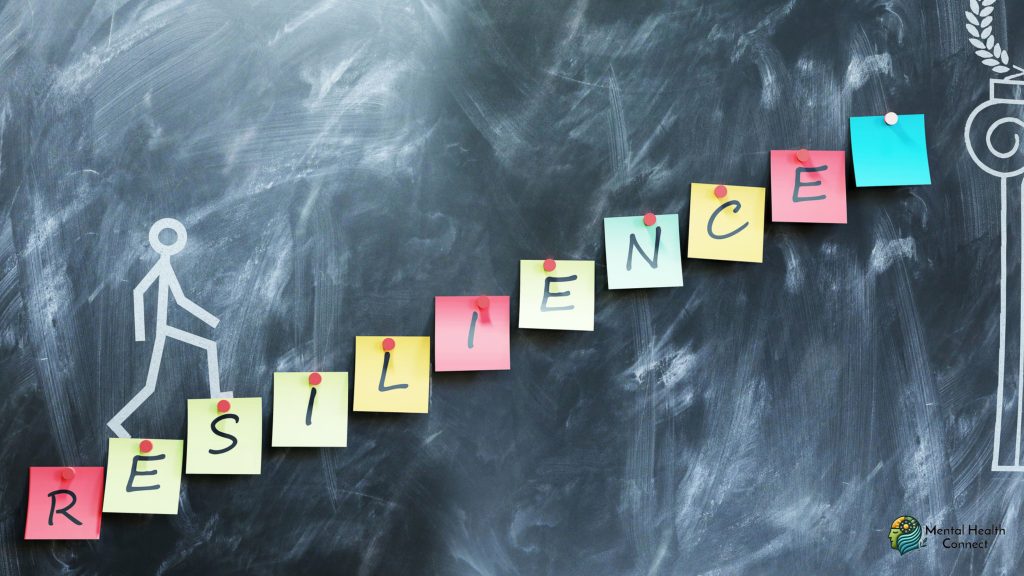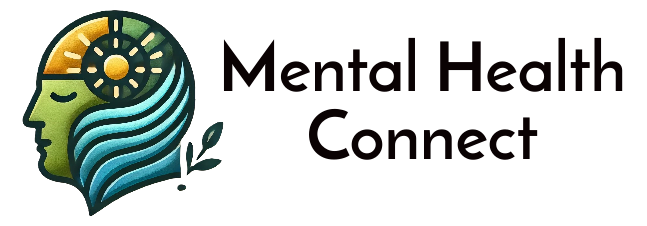What is ADHD paralysis and how can it be overcome?

ADHD Paralysis:
A person with ADHD has ADHD paralysis, also known as task paralysis or executive dysfunction paralysis, when they are momentarily unable to start or finish tasks even when they want to. ADHD paralysis is an involuntary situation in which you actually want to act but feel physically or intellectually incapable of doing so, in contrast to procrastination, which is the willful delaying of action.
The Science Behind ADHD Paralysis
At its core, ADHD paralysis stems from dysfunction in the brain’s executive functioning system. This system, primarily controlled by the prefrontal cortex, is responsible for:
· Task initiation
· Planning and organization
· Time management
· Transitioning between activities
· Decision-making
· Working memory
People with ADHD often have differences in prefrontal cortex functioning and neurotransmitter regulation, particularly involving dopamine and norepinephrine. These differences can create the perfect storm for ADHD paralysis.
Common Triggers for ADHD Paralysis

ADHD paralysis doesn’t happen randomly. Specific situations and factors can trigger this state:
Overwhelming Tasks
When a task seems too large, complex, or undefined, the ADHD brain can become overwhelmed, triggering paralysis as a response to cognitive overload.
Decision Fatigue
Having too many choices or options can lead to decision paralysis the inability to choose between alternatives, resulting in taking no action at all.
Perfectionism
The fear of not doing something perfectly can prevent starting altogether. For many with ADHD, the inability to meet self-imposed high standards leads to complete shutdown.
Low Interest or Motivation
The ADHD brain thrives on interest and stimulation. Tasks perceived as boring, repetitive, or unrewarding can trigger paralysis due to insufficient dopamine activation.
Transitions
Shifting from one activity to another requires significant mental effort for someone with ADHD, often resulting in getting stuck between activities.
How ADHD Paralysis Feels
For those experiencing it, ADHD paralysis can feel:
· Like your brain and body are disconnected
· As if an invisible wall stands between you and starting a task
· Frustrating and anxiety-inducing
· Accompanied by racing thoughts but an inability to act on them
· Like watching yourself from the outside, unable to intervene
Strategies to Overcome ADHD Paralysis

The good news is that ADHD paralysis, while challenging, can be managed with the right strategies:
1. Break Tasks Down into Micro-Steps
When faced with a paralysis-inducing task, break it down into the smallest possible components. Instead of “write report,” try “open document,” “type title,” “write first sentence.”
Making these steps absurdly small reduces the activation energy needed to begin, bypassing the paralysis response.
2. Use Body Doubling
Body doubling working alongside another person can be remarkably effective. The presence of someone else, whether in person or virtually, provides accountability and can help initiate action when you’re stuck.
Many find that virtual coworking sessions or body doubling apps designed specifically for people with ADHD can make a significant difference.
3. Implement the Five-Minute Rule
Commit to working on the task for just five minutes. This tiny commitment tricks your brain into starting, and once you begin, momentum often carries you forward beyond those initial minutes.
The key is to give yourself full permission to stop after five minutes if you still want to.
4. Create External Structure
External accountability and structure can compensate for internal executive functioning challenges:
· Set timers for both starting and working on tasks
· Use visual reminders like sticky notes or whiteboard lists
· Try time-blocking your calendar with specific tasks
· Schedule regular check-ins with an accountability partner
5. Use the RAIN Method
When paralysis strikes, try this mindfulness approach:
· Recognize that you’re experiencing paralysis
· Allow the feeling to be there without judgment
· Investigate what triggered it with curiosity
· Non-identify by reminding yourself that you are not your ADHD paralysis
This compassionate approach can reduce the anxiety that often worsens paralysis.
6. Optimize Your Environment
Your physical environment can either trigger or prevent ADHD paralysis:
· Minimize distractions in your workspace
· Use noise-canceling headphones or background music if helpful
· Ensure adequate lighting and comfortable temperature
· Keep necessary supplies within easy reach
· Consider how your sensory needs affect your ability to start tasks
7. Medication and Professional Support
For many with ADHD, appropriate medication can significantly reduce episodes of paralysis by supporting neurotransmitter function. Working with healthcare providers to find the right treatment approach is often crucial.
Additionally, cognitive-behavioral therapy (CBT) specifically tailored for ADHD can help develop personalized strategies to overcome paralysis.
When Nothing Seems to Work
Sometimes, despite your best efforts, ADHD paralysis persists. In these moments:
1. Practice self-compassion. Beating yourself up only intensifies the paralysis.
2. Change your environment. Sometimes simply moving to a different location can reset your brain.
3. Consider if you’re trying to force yourself to do too much. Rest might be what you genuinely need.
4. Use the anything is better than nothing principle. If you can’t do the intended task, do something productive, however small.
Building Long-term Resilience

Over time, you can develop systems that make ADHD paralysis less frequent:
· Track your patterns. Notice when paralysis typically strikes and what triggers it.
· Build routine transitions. Create consistent cues that signal your brain it’s time to switch activities.
· Practice regular self-care. Sleep, nutrition, exercise, and stress management all impact executive function.
· Cultivate a growth mindset. View each episode of paralysis as data, not failure.
The Bottom Line
ADHD paralysis is a real neurological phenomenon, not a character flaw or sign of laziness. By understanding its triggers and implementing personalized strategies, you can reduce its impact on your life and productivity.
Remember that progress isn’t linear, some days will be harder than others. The goal isn’t to eliminate ADHD paralysis completely but to develop resilience and tools to work with your brain instead of against it.
With patience, self-compassion, and consistent practice of these strategies, you can gradually reduce the frequency and intensity of ADHD paralysis episodes and reclaim control over your actions and productivity.
-
 How to Support Someone with OCDApril 17, 2025
How to Support Someone with OCDApril 17, 2025 -


Leave a Reply